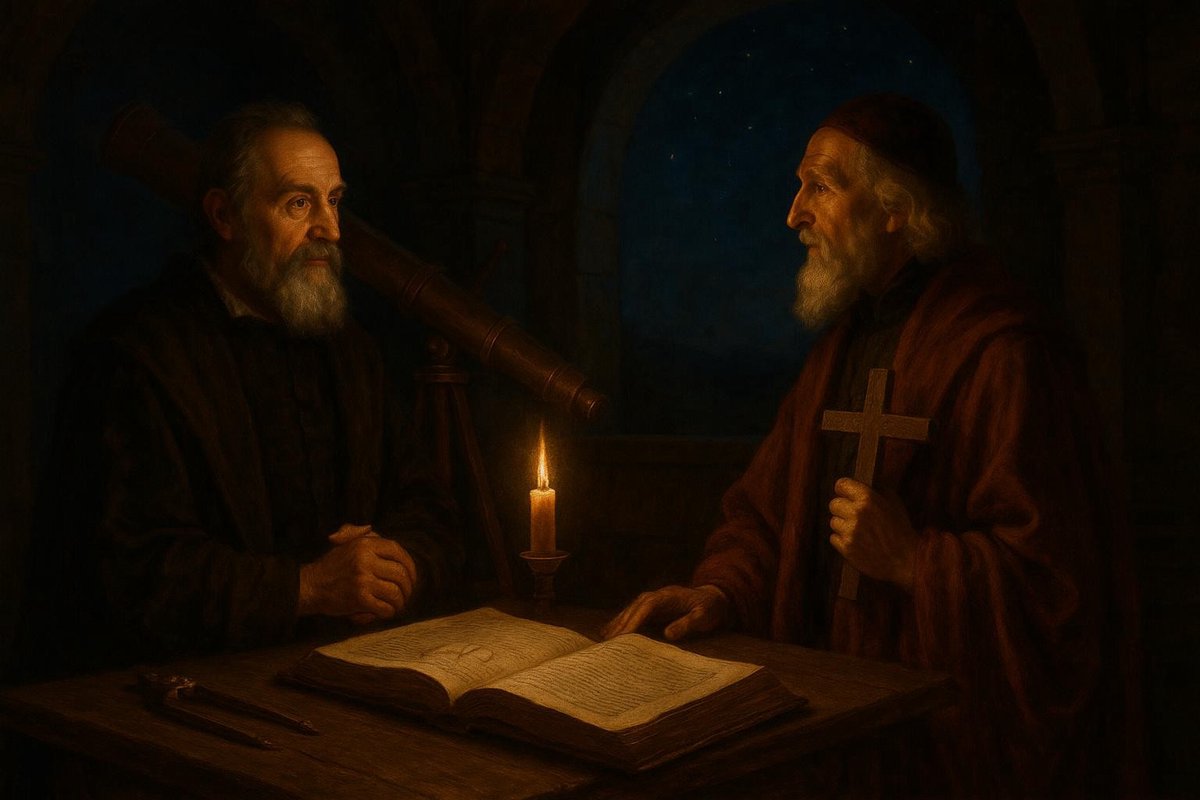
Early Influences: Seeds of Curiosity
Imagine a world where questions hang like stars in the night sky, beckoning the curious to contemplate their mysteries. In such a world, science and faith are the twin lenses through which we seek to understand the universe. This duality is not a recent phenomenon; rather, it has roots tracing back to the earliest thinkers. Consider the likes of Copernicus and Galileo, who dared to look beyond sacred texts to the celestial dance above.
- The ancient Greeks laid the groundwork for scientific inquiry and philosophical thought.
- Renaissance thinkers bridged the gap between faith and empirical evidence.
- Early scientists often saw their work as unravelling the divine creation.
As these pioneers gazed upwards, they sought not to dismantle faith but to enrich it with the truths of the cosmos. Their intellectual style – questioning the unquestionable – set the stage for centuries of exploration.
Mental Models: A Dance of Logic and Belief
In the intricate ballet of science and faith, mental models act as the choreography that guides our steps. The scientific method, with its demand for evidence, might seem at odds with the leap of faith that religion often requires. Yet, this duality can coexist harmoniously.
- Many scientists maintain personal faith while pursuing rigorous research.
- Philosophers like Descartes and Kant explored the boundaries of faith and reason.
- Modern thinkers continue to debate the necessity of one over the other.
Interestingly, some argue that science and faith are not adversaries but complementary forces. Could it be that the pursuit of one enriches the understanding of the other?
Challenges & Resilience: Navigating the Tension
The journey of understanding is rarely smooth. Conflicts arise when the evidence of science appears to contradict religious beliefs. Historical events like the Scopes Trial in 1925 spotlight this tension between evolutionary science and creationist faith.
- Galileo faced inquisitional trials for advocating heliocentrism.
- Darwin’s theory of evolution sparked widespread theological controversy.
- Today’s debates often focus on bioethics and technological advances.
Yet, resilience shines through as individuals and societies adapt, often finding ways to reconcile differences. This adaptability reflects the enduring human spirit in the quest for truth.
Legacy: Ephemeral Footprints on the Sands of Time
What legacy do the debates between science and faith leave behind? As time marches on, their interplay continues to shape cultures and societies, influencing how we perceive the world around us.
- The coexistence of science and faith has led to significant societal advancements.
- Understanding both viewpoints can lead to a more holistic perspective.
- Modern dialogues often seek common ground rather than conflict.
No wonder we still ponder these themes, as they invite us to reflect on our place in the universe. After all, isn’t the search for understanding a journey without a final destination?
Fuel Someone Else’s Curiosity
As you ponder the philosophical dilemmas of science and faith, consider sharing this exploration with others. Engage in discussions that challenge and expand your perceptions. Who knows? Your curiosity might ignite a spark in someone else’s quest for understanding.

Leave a Reply